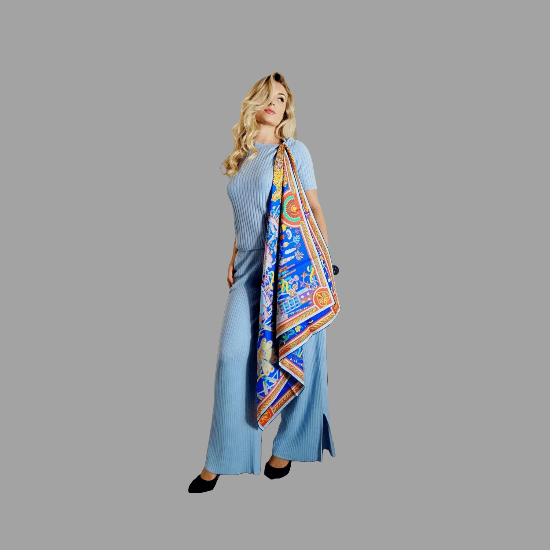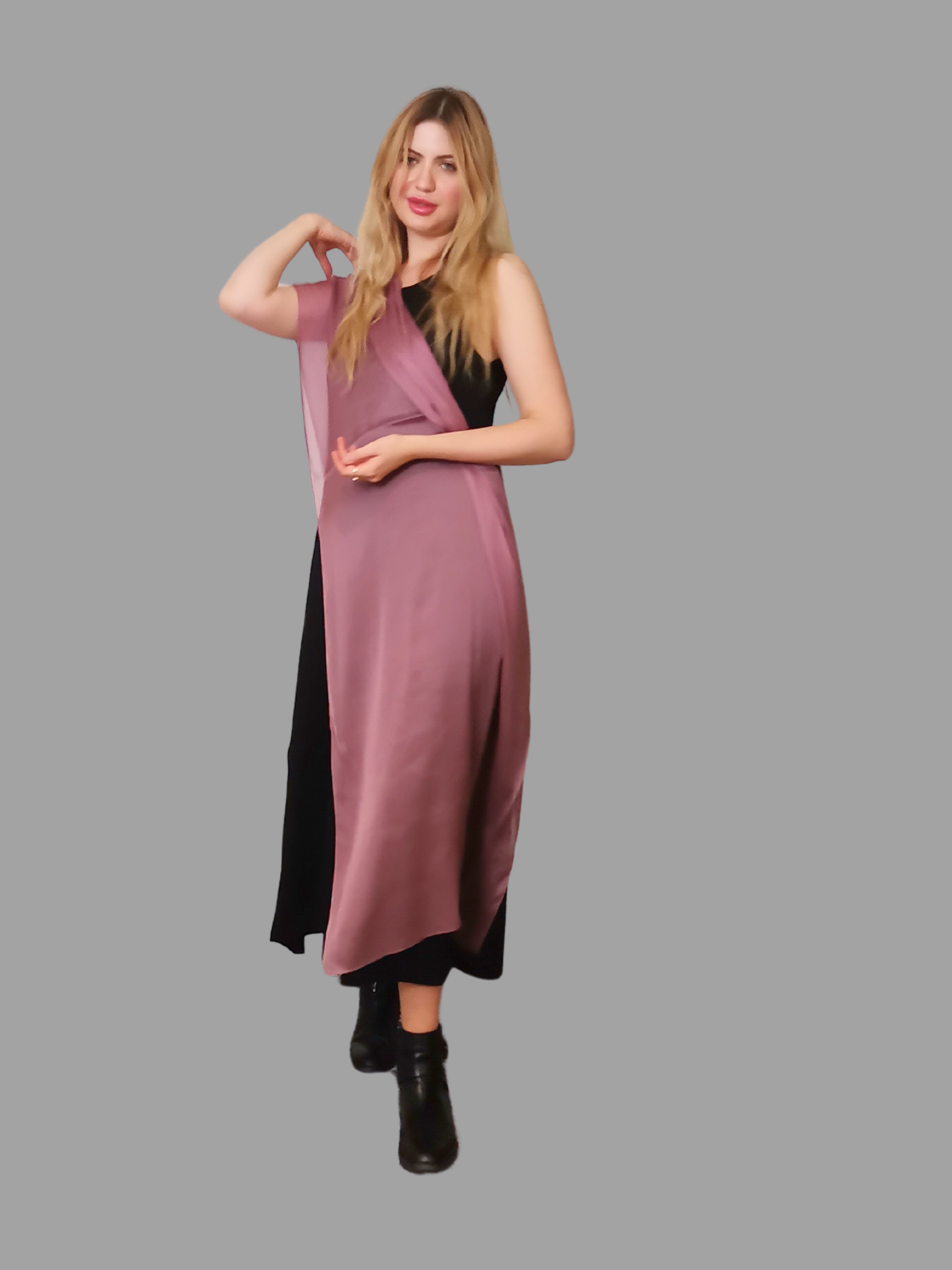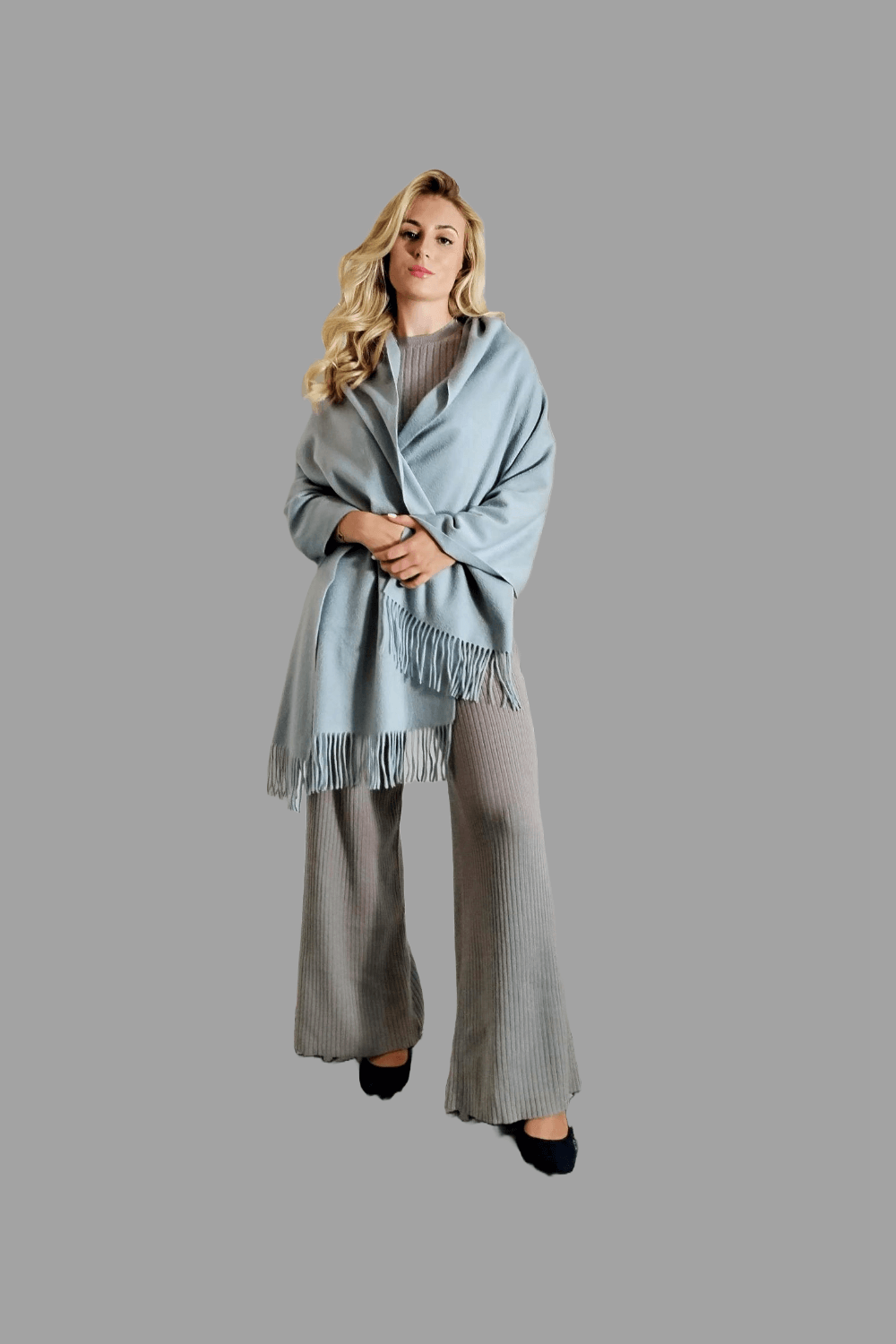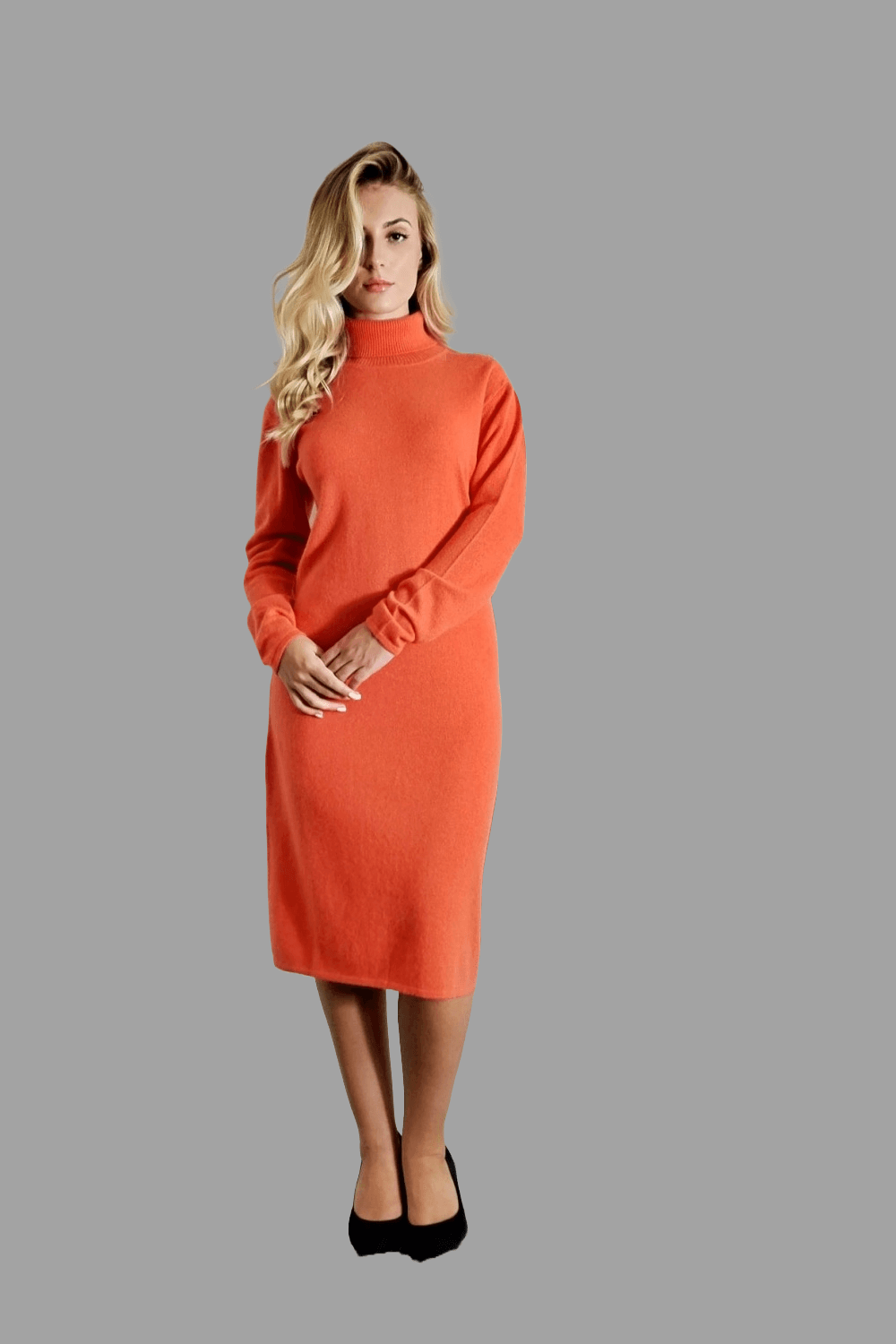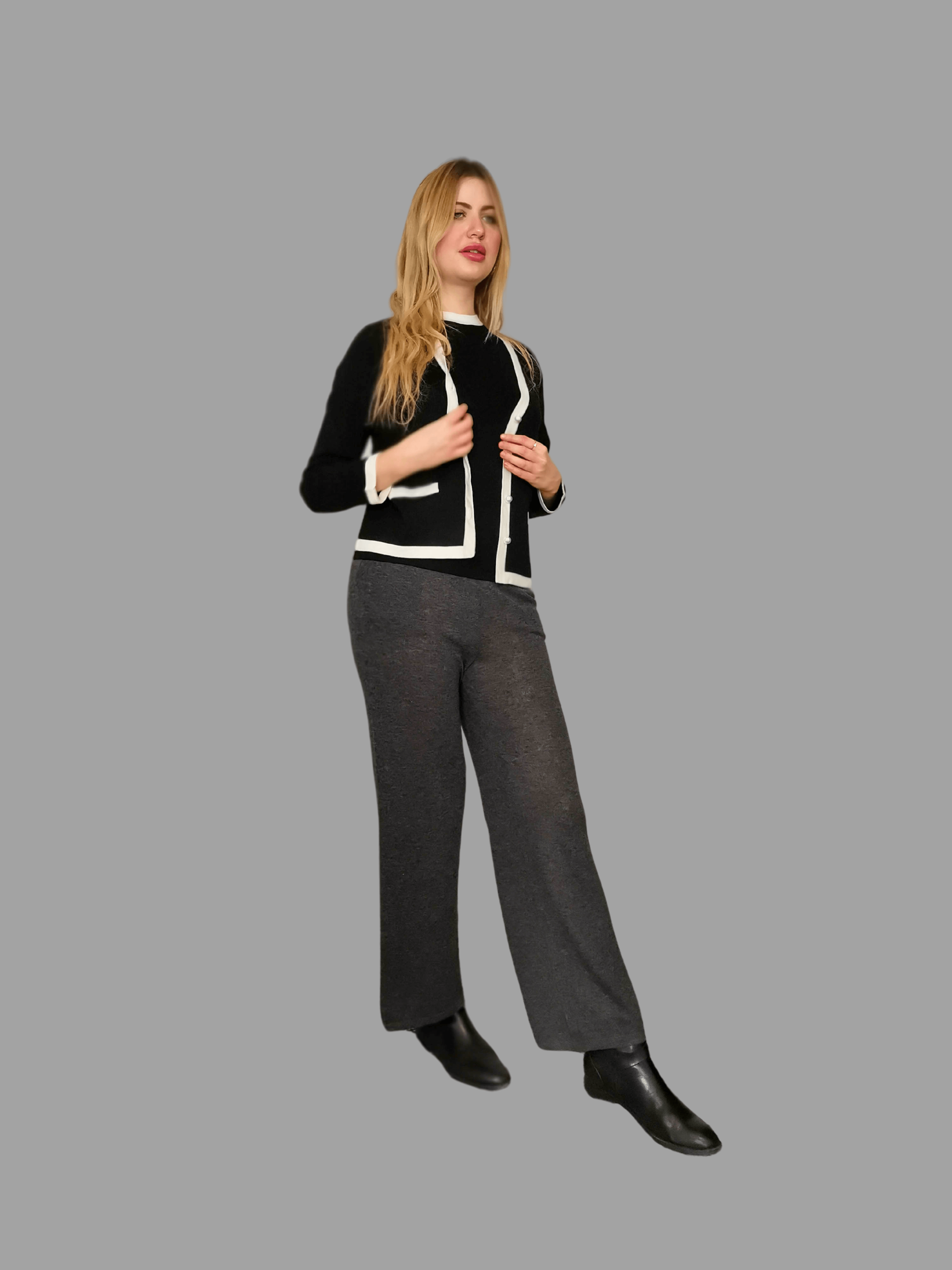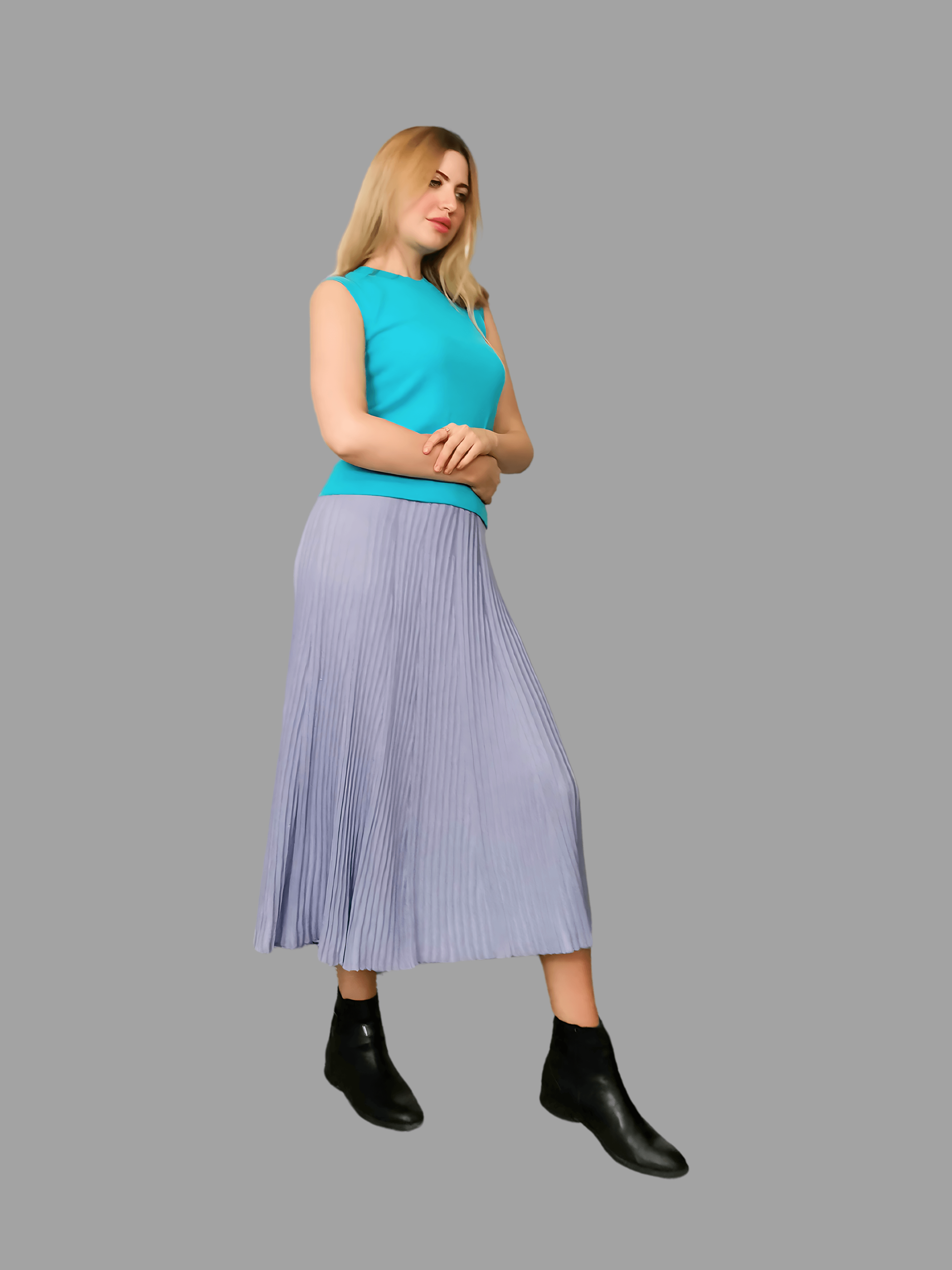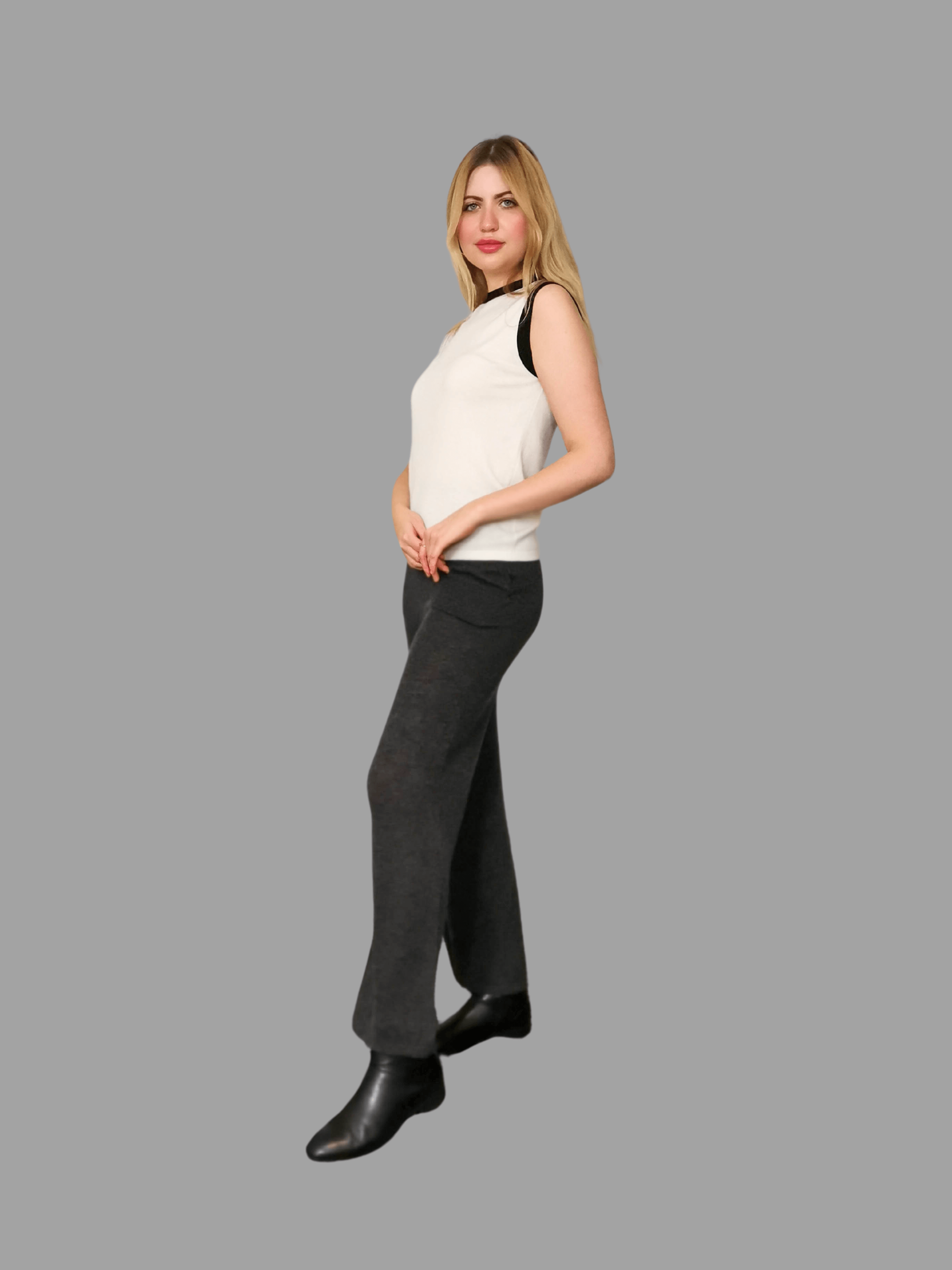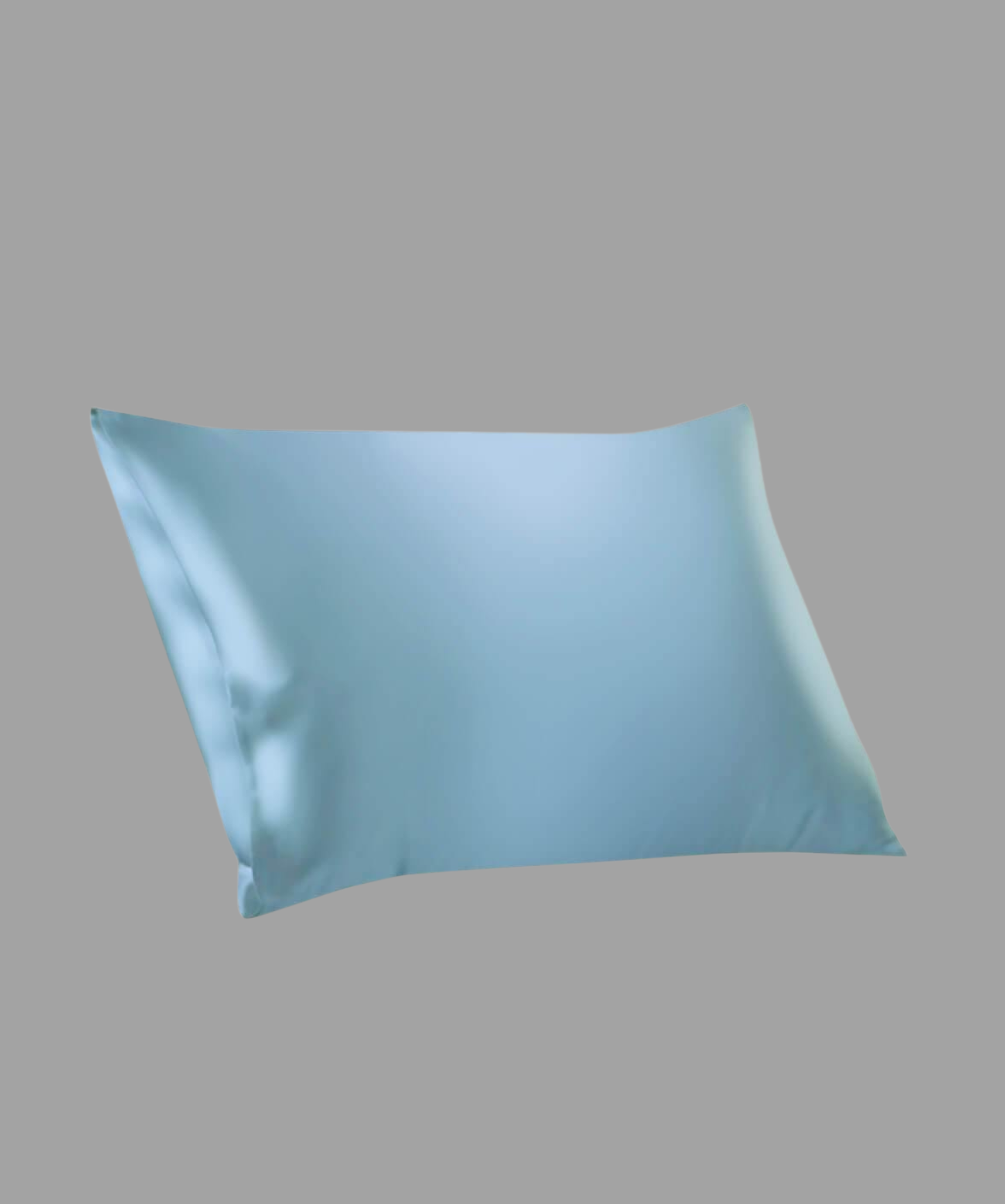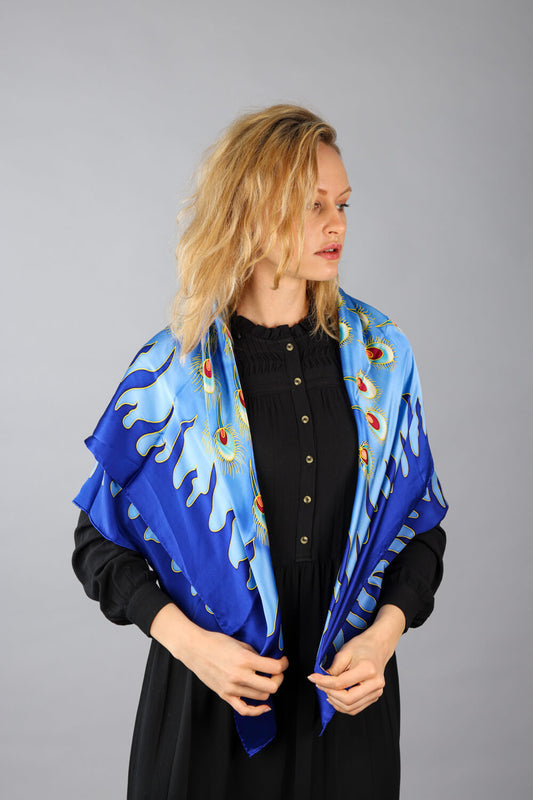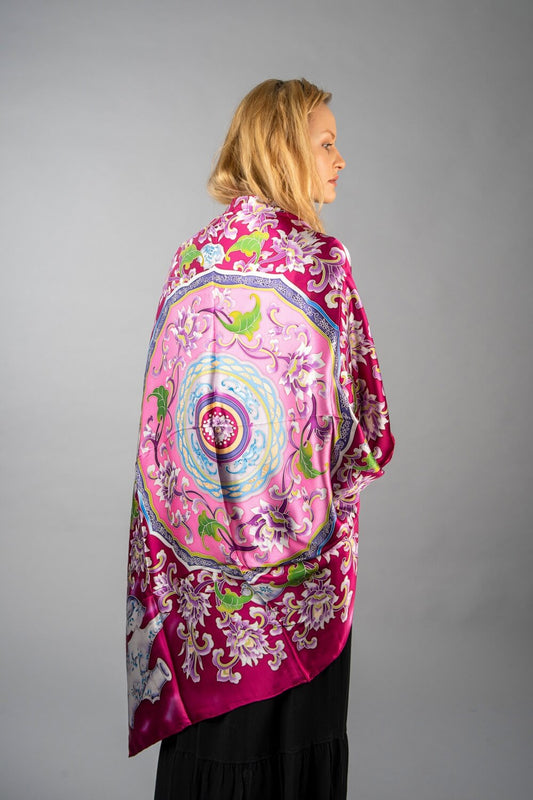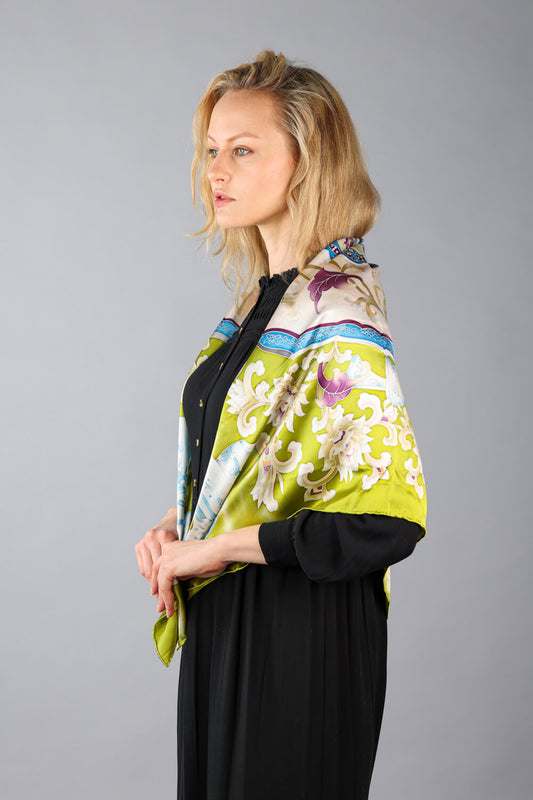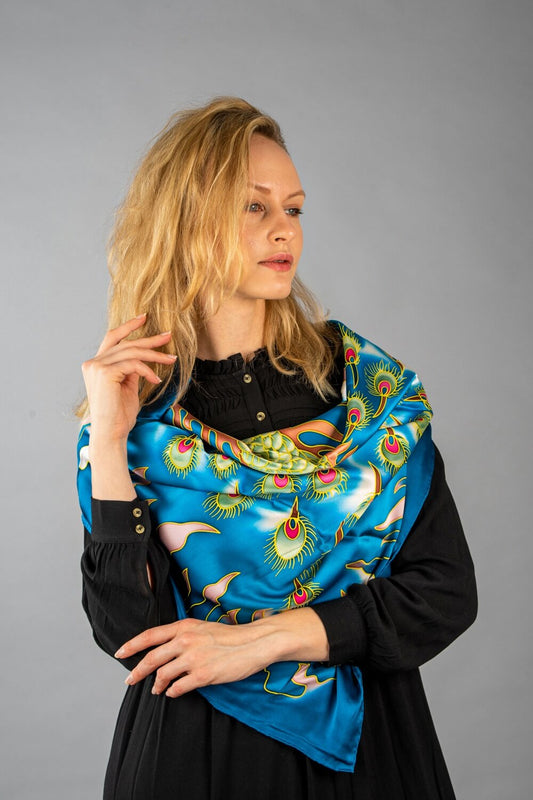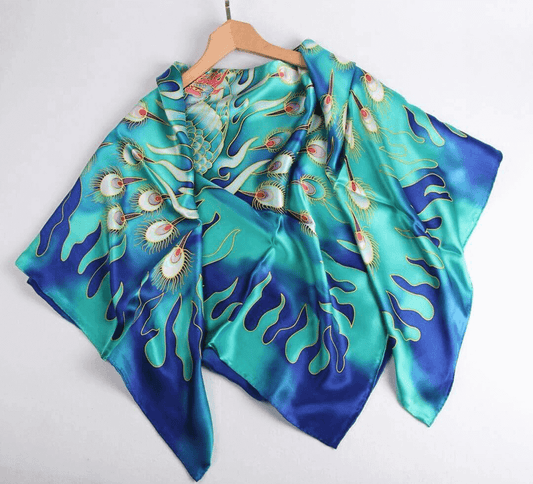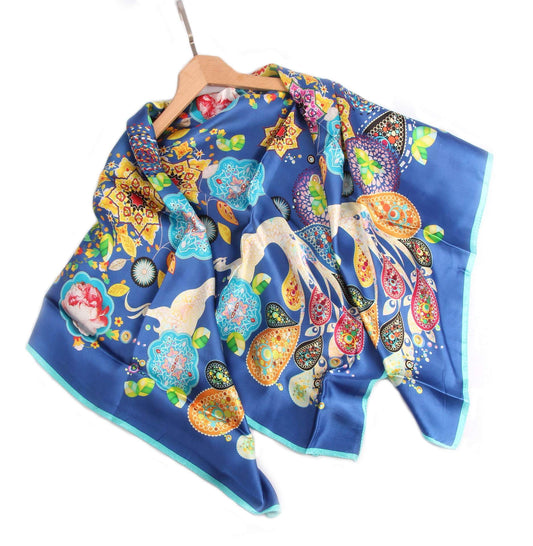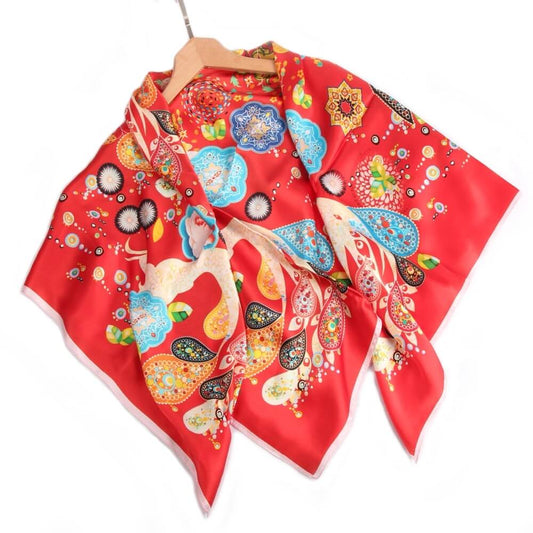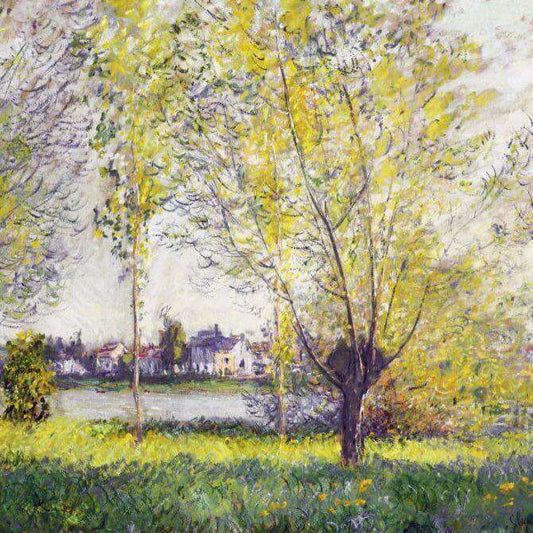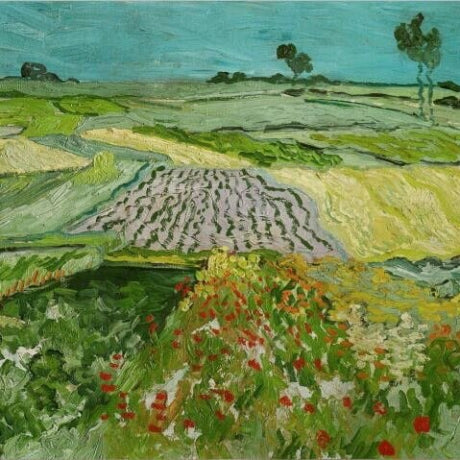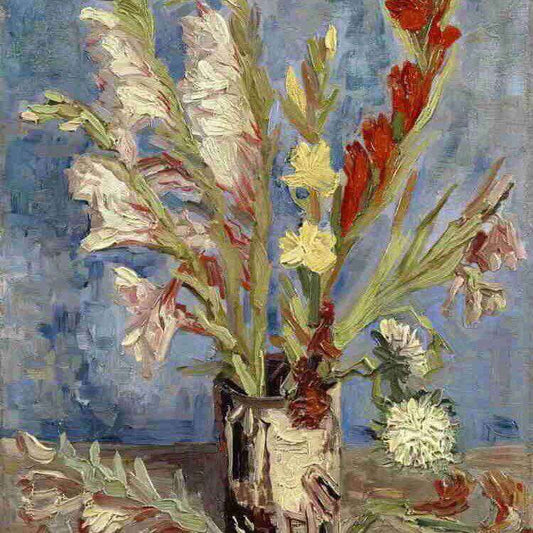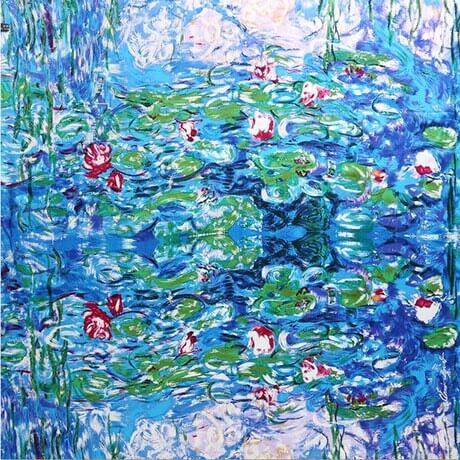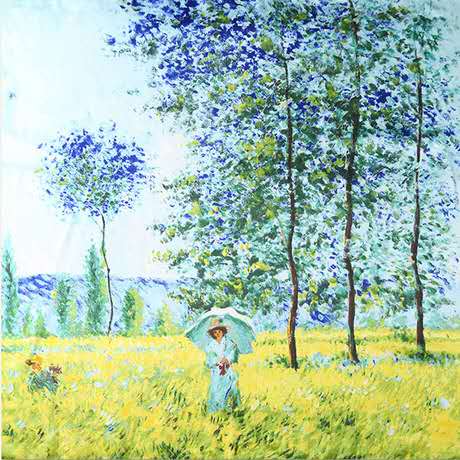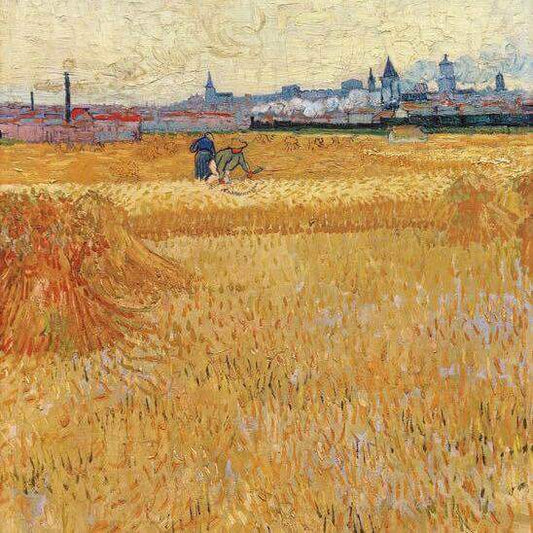100% Silk Scarves
Add a classic-yet-bold touch to your outfit with our coveted 100% Mulberry Silk Scarves, an outfit-making pièce de resistance. Blooming with elegant florals and splashing with colours from across the spectrum, our selection of pure silk scarves are perfect for upgrading any look with a floral flourish and elegant splendour.
100% Mulberry Silk
-
Limited Edition Hand Painted Silk Scarf| Blue
Regular price £175.00 GBPRegular priceUnit price / per£175.00 GBPSale price £175.00 GBP -
Limited Edition Hand Painted Silk Scarf| Pink
Regular price £175.00 GBPRegular priceUnit price / per£175.00 GBPSale price £175.00 GBP -
Limited Edition Hand Painted Silk Scarf| Yellow
Regular price £175.00 GBPRegular priceUnit price / per£195.00 GBPSale price £175.00 GBPSale -
Limited Edition Hand Painted Silk Scarf|Dark Green
Regular price £175.00 GBPRegular priceUnit price / per£175.00 GBPSale price £175.00 GBP -
Limited Edition Hand Painted Silk Scarf|Green
Regular price £175.00 GBPRegular priceUnit price / per£175.00 GBPSale price £175.00 GBP -
Limited Edition Extra Large Silk Scarf Blue
Regular price £105.00 GBPRegular priceUnit price / per£105.00 GBPSale price £105.00 GBP -
Limited Edition Extra Large Silk Scarf Red
Regular price £105.00 GBPRegular priceUnit price / per£105.00 GBPSale price £105.00 GBPSold out -
Oil Paint Silk Scarf| Willows of Vetheuil
Regular price £89.00 GBPRegular priceUnit price / per£95.00 GBPSale price £89.00 GBPSale -
Oil Paint Silk Scarf| Wheat Fields near Auvers-sur-oise
Regular price £89.00 GBPRegular priceUnit price / per£95.00 GBPSale price £89.00 GBPSale -
Oil Paint Silk Scarf| Sunset At Pourville Open Sea
Regular price £95.00 GBPRegular priceUnit price / per -
Oil Paint Silk Scarf| Vase with gladioli and China Asters
Regular price £95.00 GBPRegular priceUnit price / per£95.00 GBPSale price £95.00 GBP -
Oil Paint Silk Scarf| Oil Paint Water Lily
Regular price £95.00 GBPRegular priceUnit price / per£95.00 GBPSale price £95.00 GBP -
Oil Paint Silk Scarf| Oil Paint Spring Field
Regular price £95.00 GBPRegular priceUnit price / per£95.00 GBPSale price £95.00 GBP -
Oil Paint Silk Scarf| Sunset
Regular price £95.00 GBPRegular priceUnit price / per -
Oil Paint Silk Scarf| A Wheatfield with Cypresses
Regular price £95.00 GBPRegular priceUnit price / per£95.00 GBPSale price £95.00 GBP -
Oil Paint Silk Scarf| Arles View from the Wheat Fields
Regular price £95.00 GBPRegular priceUnit price / per£95.00 GBPSale price £95.00 GBP

